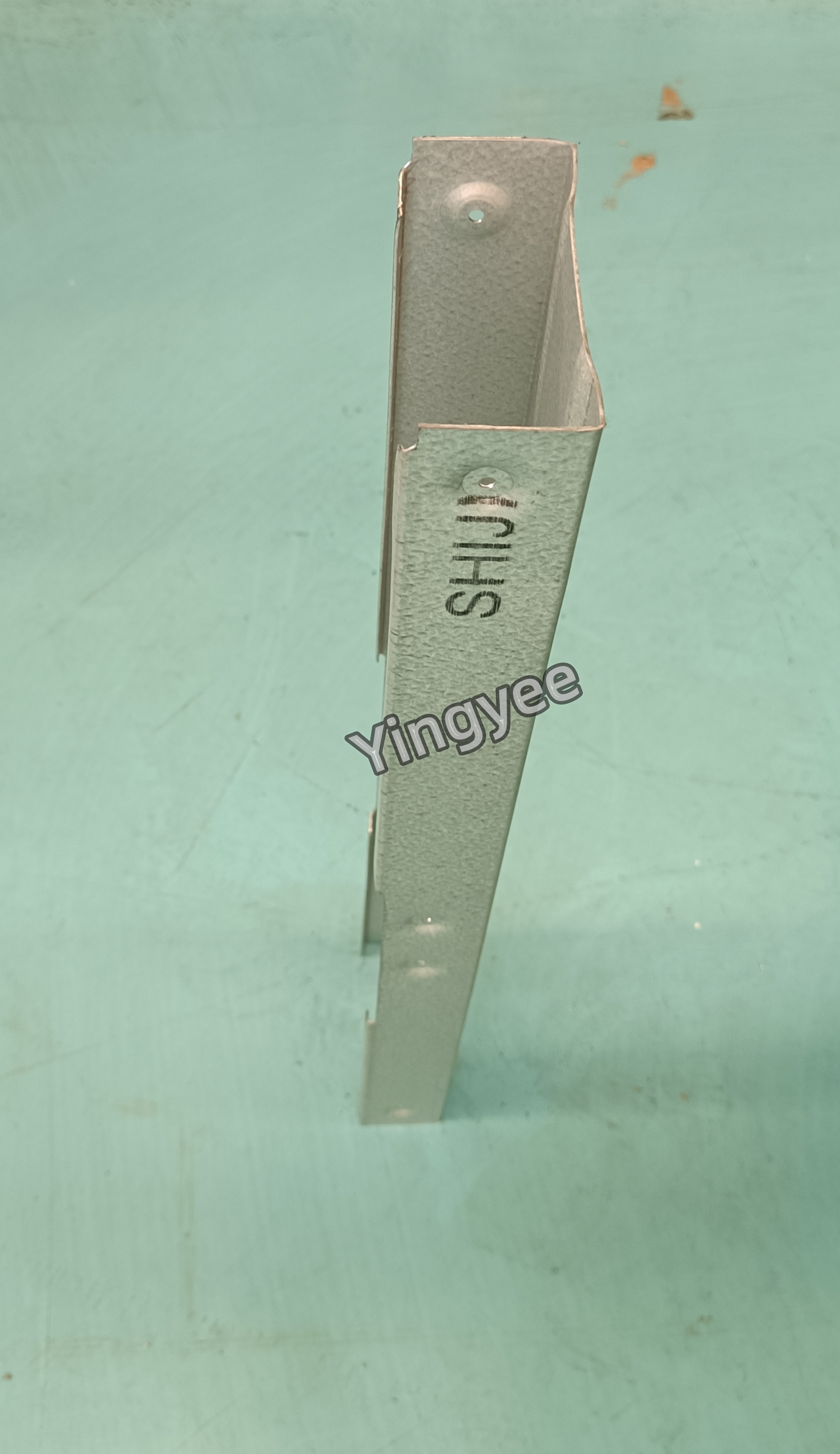
Understanding Automatic Round Downspout Roll Forming Machines
In modern construction and manufacturing, the efficiency and precision of fabrication processes have become paramount. One of the innovations that exemplify these advancements is the automatic round downspout roll forming machine. This specialized equipment is designed to streamline the production of round downspouts, which are crucial components in rainwater drainage systems.
What is a Roll Forming Machine?
At its core, a roll forming machine is a type of industrial equipment used to create continuous lengths of metal profiles. The process involves feeding flat metal strips through a series of rollers, each gradually shaping the material into a particular profile. This method of metal forming is especially advantageous for producing uniform and high-volume components with minimal waste.
The Role of Automatic Round Downspout Machines
Automatic round downspout roll forming machines specifically cater to the manufacturing of round downspouts – the pipes that direct rainwater from the roof to the ground or drainage system. These machines are designed to handle various gauge materials, including aluminum and galvanized steel, ensuring durability and resistance to rust and weathering.
One of the key benefits of automated systems is their ability to perform at a higher speed and accuracy compared to manual processes. This automation significantly reduces labor costs and increases production efficiency. Operators can also program the machine to produce different sizes and profiles as needed, offering versatility in manufacturing without the need for extensive downtime during transitions.
Features of Automatic Round Downspout Machines

1. Programmable Controls Most automatic roll forming machines come equipped with advanced programmable logic controllers (PLCs). These allow for precise control over the forming process, including the adjustment of dimensions and shapes based on production requirements.
2. High-Speed Operation Modern machines are engineered for high-speed production, capable of producing thousands of feet of downspouts in a single day. This efficiency is essential for contractors and suppliers who need to meet tight project deadlines.
3. Integrated Cutting Systems Automatic machines often include built-in cutting systems that allow for lengths to be cut precisely at the end of the roll-forming process. This eliminates the need for separate cutting operations and reduces material waste.
4. Quality Control Mechanisms Quality assurance is critical in the manufacturing process. Many machines feature sensors and monitoring systems that ensure the dimensions and shapes meet specified standards, resulting in consistent product quality.
5. Ease of Operation With user-friendly interfaces, even operators with minimal training can efficiently manage these machines. The ability to store multiple settings simplifies the transition between different products.
Benefits of Using Automatic Round Downspout Machines
The use of automatic round downspout roll forming machines offers numerous advantages. Firstly, they enhance productivity, allowing manufacturers to keep pace with high demand while maintaining quality. Secondly, the reduction in labor costs and time spent on setup and adjustments leads to significant savings. Furthermore, the precision offered by these machines results in less waste material and lower rejection rates, making them environmentally friendly options.
In conclusion, automatic round downspout roll forming machines represent a significant advancement in the manufacturing sector. They embody the principles of efficiency, precision, and innovation, making them essential tools for companies looking to enhance their production capabilities. As construction and architectural needs evolve, these machines will play a critical role in ensuring that high-quality drainage systems are readily available, contributing to smarter, more resilient infrastructure. Investing in such equipment not only positions manufacturers for success but also supports the broader goals of sustainability and resource efficiency within the industry.